The Pampas cat (grass cat) is a small South American wild cat. The cat is named after a fertile lowlands (Pampas) region covering almost 290,000 square miles. Pampas cats can also be found in shrublands, grasslands and forests.
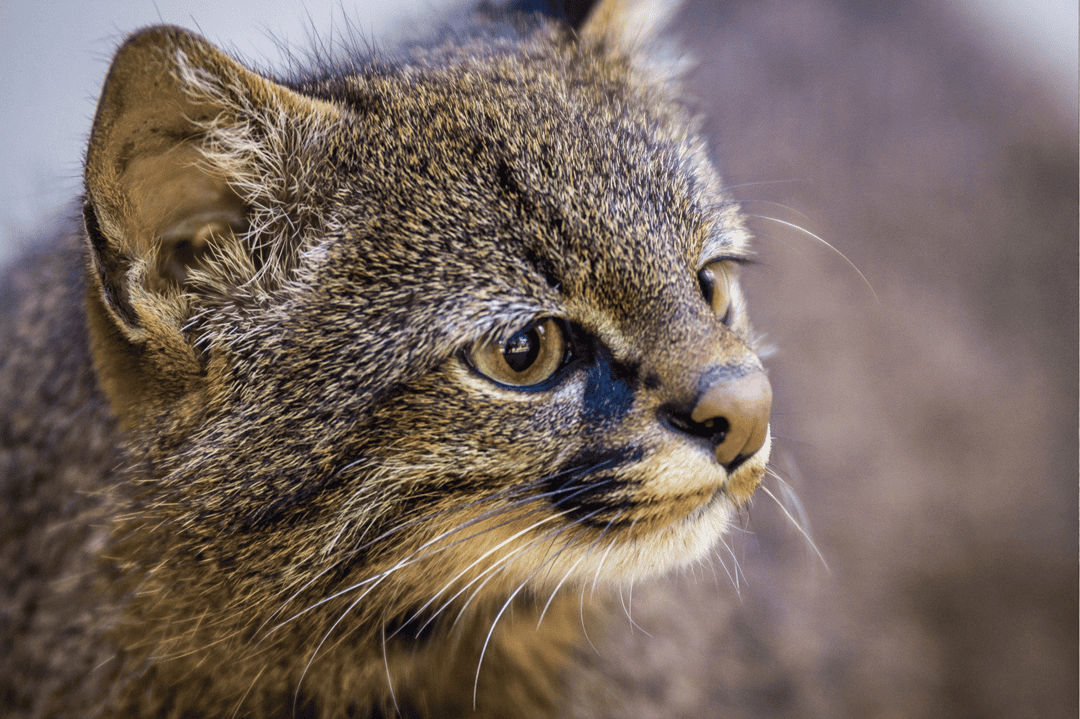
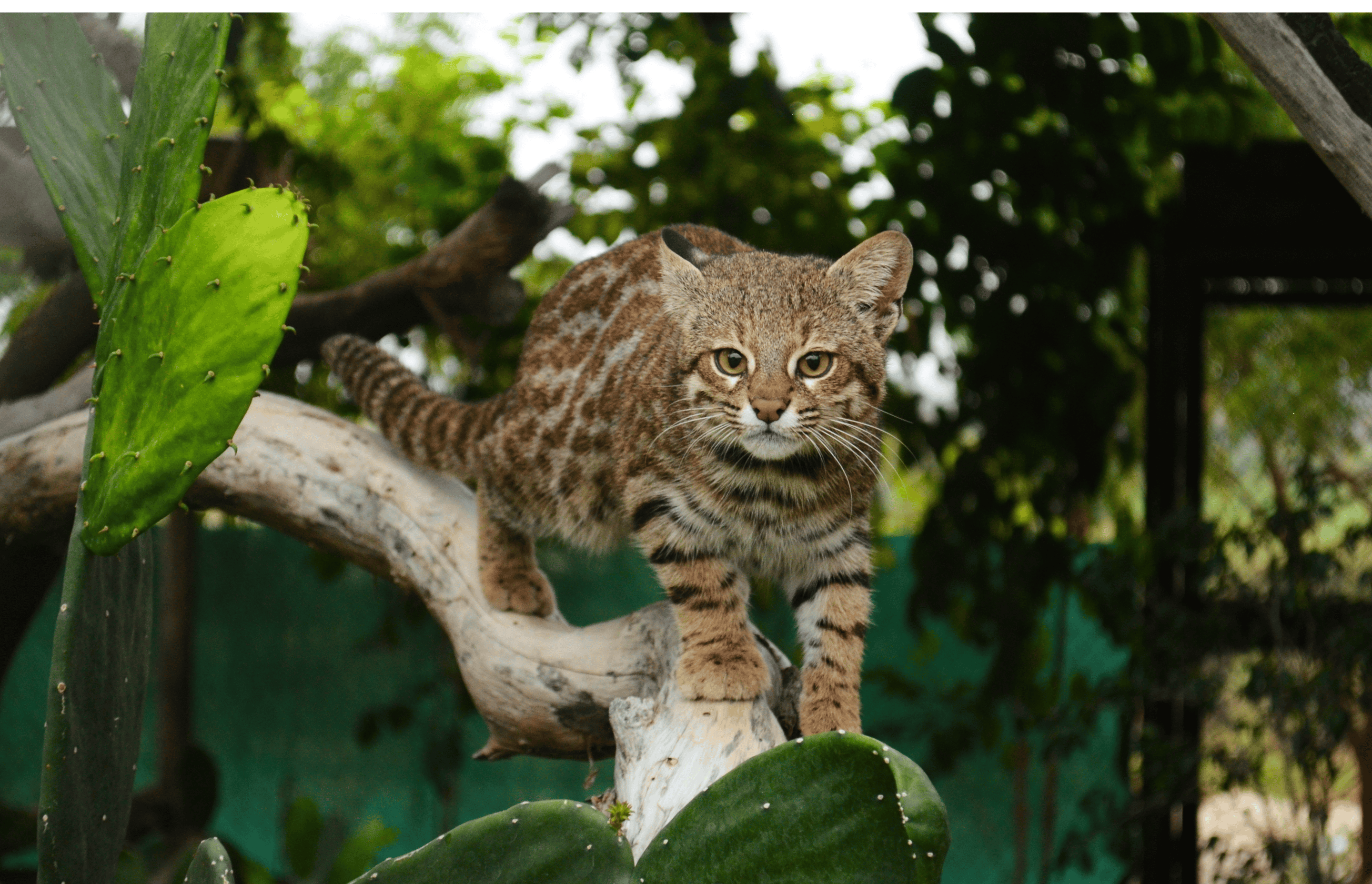
Scientific Name: Leopardus pajeros
Conservation status: Near Threatened
Pampas cat subspecies include:
- Leopardus colocola colocola (Central Chile)
- Leopardus colocola wolffsohni (North Chile)
- Leopardus colocola pajeros (Central, North Central and South Argentina
- Leopardus colocola budini (North West Argentina and Bolivia)
- Leopardus colocola garleppi (South Colombia, Ecuador and Peru)
- Leopardus colocola braccatus (South West and Central Brazil, Paraguay)
- Leopardus colocola munoai (Uruguay)
Lineage – The Pampas cat belongs to the Ocelot lineage, which includes the ocelot, margay, Andean mountain cat, oncilla southern tiger, oncilla northern tiger cat, Geoffroy’s cat, and kodkod.
Interesting Pampas Cat Facts
- It is named after the Pampas Plain, a grassland in Argentina.
- The Pampas cat is a little bigger than a domestic cat.
- The cat’s scientific name was first proposed in 1782.
- It is found throughout many regions in South America.
- They are typically found in the lowlands but have also been in the eastern Andes Mountains.
- The cat generally inhabits area where there is water, like marshes and swamps.
- They are sometimes compared in appearance to a domestic orange tabby cat.
- The spots on their fur can be white or brown.
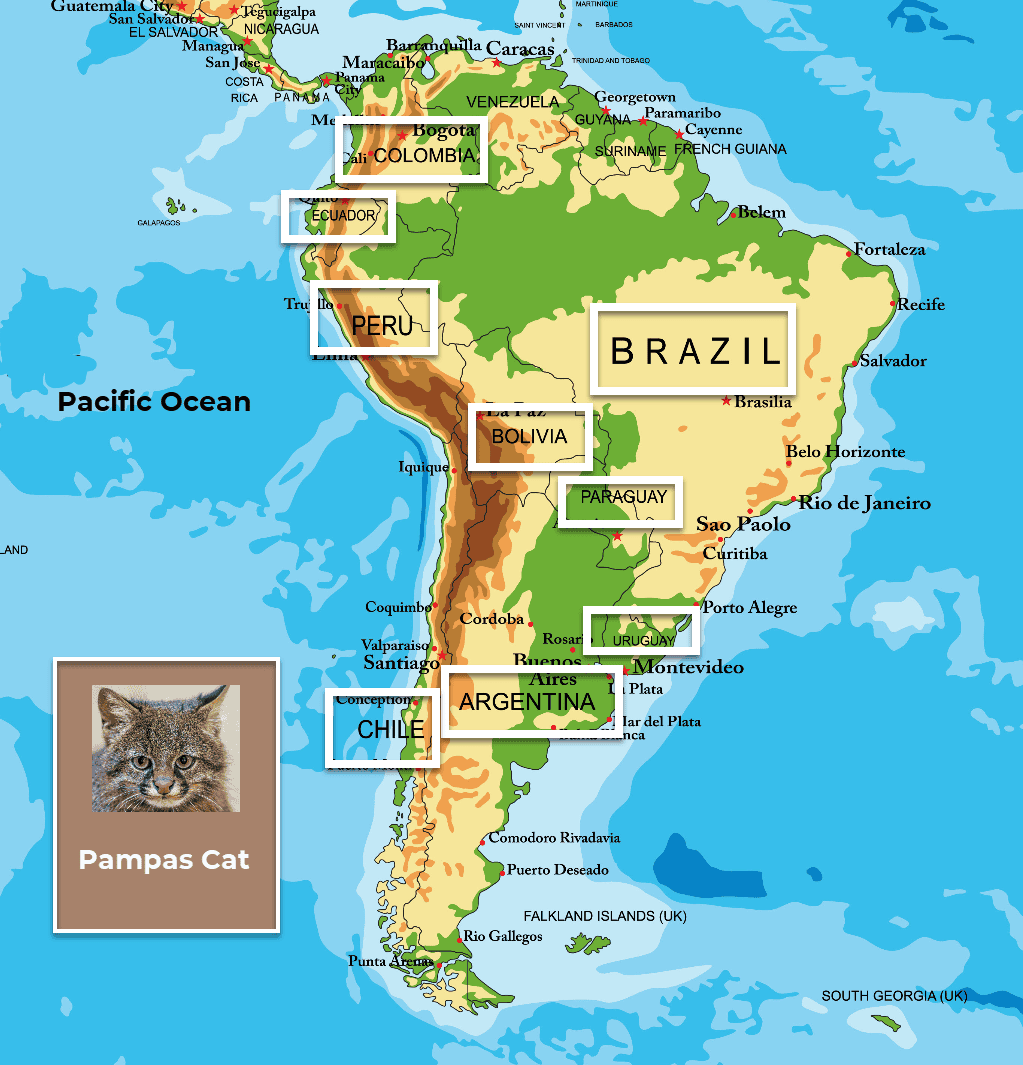
More About the Pampas Cat
Desipte its broad range, the Pampas cat is considered somewhat secretive. There is also on-going debate about the number of Pampas cat species and subspecies.
Physical Appearance
Pampas cats have a small but stocky and strong body. They are larger than domestic cats and have thick fur that ranges in color from yellow-white to light brown to rust brown.
The cat has a wide face, a pink nose, and long hair. The fur can be plain or covered with dark bands and spots (rosettes).
Some entirely black Pampas cats have also been seen. How the cat looks can vary depending on its age and location.
Pampas Cat Appearance Summary
| Trait | Description |
|---|---|
| Body Length | 46–75 cm (18–30 in) |
| Tail Length | 23–29 cm (9–11 in) |
| Weight | 3–7 kg (6.6–15.4 lbs) |
| Shoulder Height | 30–35 cm (12–14 in) |
| Coat Color | Varies by region: gray, yellowish-brown, or reddish |
| Pattern | Dark stripes or spots; some individuals more uniform |
| Facial Markings | Two dark lines running from eyes to cheeks |
| Leg Markings | Faint bands on legs |
| Tail Markings | Bushy with dark rings, black tip |
| Ear Shape | Small, rounded, often with white spot on back |
| Eye Color | Yellow to greenish |
| Whiskers | Short to medium length |
| Claws | Retractable, sharp |
Habitat
The Pampas Cat inhabits various regions across South America. It can be found in different environments depending on the country.
- Peru – Mountains and Dry Grasslands
In Peru, the cat lives in the Andes Mountains. These are very high, cold, and rocky places. The cat is also found in dry grasslands, where there are not many trees but a lot of open space.
- Argentina – Pampas and Forests
In Argentina, the cat is mostly found in the Pampas grasslands—flat, open areas with tall grass. It also lives in forests and even some desert-like places in the north.
- Bolivia – Cloud Forests and Mountains
In Bolivia, the cat is found in cloud forests, which are cool, wet forests high in the mountains. It also lives in dry mountain areas similar to Peru.
- Brazil – Scrublands and Wetlands
In Brazil, the Pampas Cat mostly lives in scrublands (dry, bushy areas) and grasslands. Some are found near wetlands, where there are rivers and swamps.
- Chile – Deserts and Mountains
In Chile, the cat lives in the Atacama Desert, one of the driest places on Earth. It is also found in the Andes Mountains, where it can survive in cold and rocky places.
- Paraguay – Grasslands and Woodlands
In Paraguay, th cat is found in grasslands, where there are lots of open fields, and woodlands, where trees grow but are not as thick as a jungle.
- Uruguay – Pampas Grasslands
In Uruguay, the cat mostly lives in the Pampas, which are huge, flat grasslands. This is one of the best places for the cat because it can hide in tall grass.
- Ecuador – Highlands and Forests
In Ecuador, cat is found in highland areas (places high up in the mountains) and cloud forests, where it’s cool and wet.
Hunting and Prey
Even though the Pampas Cat is small, it is a skilled hunter.
It is most active at night or in the early morning and evening when it is cooler and there are more animals to catch.
Pampas cats move very quietly, sneaking up on its prey and pouncing quickly when it gets close. They have sharp claws and teeth, biting and holding onto their food so it cannot escape.
It can see well even in the dark, and has a strong sense of hearing and can hear the movement of animals hiding in the grass.
What Does the Pampas Cat Eat?
The Pampas cat is a carnivore, which means it only eats meat. It catches and hides its food so other animals can’t take it. Types of prey include:
- Small mammals – Like mice, rats, and rabbits
- Birds – It can catch birds on the ground or in trees
- Reptiles – Such as lizards and small snakes
- Insects – It sometimes eats bugs like grasshoppers
- Eggs – If it finds bird eggs, it will eat them
Mating and Reproduction
Pampas cats live alone, except when it is time to find a partner or care for kittens.
How Do Pampas Cats Find a Mate?
They use scent and sounds. When the cat is ready to find a mate, it leaves a special scent (smell) on trees or rocks. This helps other cats know it is looking for a partner.
- Males and females call to each other – They make soft sounds to talk to one another.
- They stay together for a short time – Pampas cats only stay together for a few days to mate. After that, the male leaves, and the female takes care of the babies alone.
How Many Kittens Does a Pampas Cat Have?
After mating, the mother cat is pregnant for about 80 to 85 days (almost 3 months).
- She finds a safe place to give birth, like a hidden cave, a hollow tree, or thick grass.
- She usually has 1 to 3 kittens, but sometimes up to 4.
How Does the Mother Take Care of the Kittens?
The kittens are born blind and very small, so they depend on their mother for everything.
- The mother feeds them milk and keeps them warm.
- After a few weeks, the kittens open their eyes and start to explore.
- When they are about 2 months old, the mother starts teaching them how to hunt.
- By 6 to 8 months old, they are ready to live on their own!
Other interesting facts about Pampas cat kittens:
- They have fluffy fur when they are babies.
- They love to play—this helps them learn how to hunt!
- They stay hidden until they are big enough to protect themselves.
Pampas cats are great mothers, but once the kittens grow up, they go off on their own and live independently just like their parents.
Pampas Cat Conservation
The Pampas cat faces many dangers that make it hard to survive, such as:
- Habitat Loss (losing their home). People cut down trees and build farms, houses, and roads. This takes away the grasslands, forests, and mountains where the cat lives.
- Hunting and Trapping. Some people hunt the cats for their fur or because they think the cat is a danger to farm animals. They also sometimes get caught in traps meant for other animals.
- Less Food to Eat. Farmers use chemicals that kill small animals, like mice and rabbits, which the cat eats. If there is not enough food, it becomes harder for the Pampas Cat to survive.
Conservation solutions include:
- Protecting Their Habitat. Governments and animal groups are making wildlife reserves where the cat can live safely. People are planting new trees and grass to bring back the cat’s home.
- Stopping Illegal Hunting. Some countries have made it illegal to hunt or trap Pampas cats. Rangers and scientists work to catch poachers (people who hunt animals illegally)
- Helping Farmers and Local People. Farmers are learning better ways to protect their animals without hurting Pampas Cats.
- Saving the Pampas Cat’s Food. Scientists are working to protect small animals that the cat eats. This helps the cat find enough food to stay strong and healthy.
- Studying the Pampas Cat. Researchers are using cameras and tracking collars to learn more about where the cat lives. This helps them find new ways to protect it
The Pampas Cat in Culture
The Pampas cat is a special animal in South American culture. For many years, Indigenous people have told stories about this small wild cat. Some groups, like the Quechua and Aymara people, believe the Pampas cat is connected to nature and has spiritual powers. In some traditions, it is seen as a protector of the land, and its image has been found in old carvings and artwork.
Image: Aymara woman – traditional dance

In some parts of South America, the Pampas cat is thought to bring good luck or bad luck, depending on the beliefs of the people. Some farmers used to think that Pampas cats were a problem because they hunted chickens, so they tried to chase them away. However, others respected the cat because it helped control pests, like mice and rats. Today, many people are learning more about the Pampas cat and how it plays an important role in nature.
The Pampas cat is also seen in folktales and stories. Some legends say the cat is mysterious because it is hard to find and sneaks around at night. It is sometimes described as a symbol of strength and independence. Even though it is not as famous as big cats like jaguars or pumas, the Pampas cat is still an important part of South American wildlife and history.
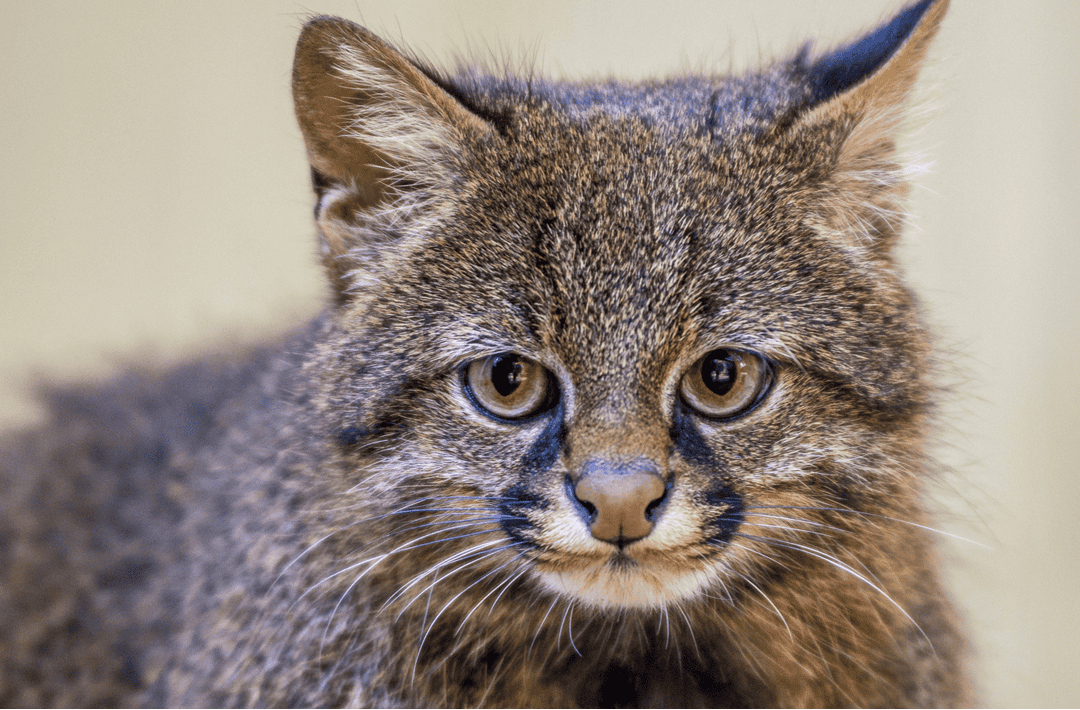
Pampas Cat Research Quote
“The pampas cat Leopardus colocola has been subject to conflicting classifications over the years. Currently, one polytypic species with seven subspecies is recognized,..The multiple lines of evidence… converged on the recognition of five monotypic species: L. braccatus, L. colocola, L. garleppi (including thomasi, budini, steinbachi, crespoi and wolffsohni as synonyms), L. munoai and L. pajeros (including crucina as synonym).” – 2021 Taxonomic revision of the pampas cat Leopardus colocola complex (Carnivora: Felidae): an integrative approach | Oliveira do Nascimento, Jilong
“This Pampa cat is endemic to the Pampas grasslands of Uruguay, western Argentina and southernmost Brazil. Originally, the Pampas had a long history of extensive cattle ranching; however, its fields have been exponentially converted mostly to soy fields in the last five decades. (Pampas cat) Species distribution models have shown a reduction in their area (1997–2022) of 42%, with only 31,808 km2 (19,764 square miles) of suitable habitat remaining.” – 2023 The Critically Endangered Pampa Cat ( Leopardus munoai ) on the Brink of Extinction in Brazil: The Little We Know and an Action Plan to Try to Save It | Mazim, Rosales, et al.
Pampas Cat Research
- Phylogeographic Analyses of the Pampas Cat (Leopardus colocola): This study examines the genetic structure and historical population dynamics of the Pampas cat across South America, revealing significant population structure and expansion events. Link: https://pmc.ncbi.nlm.nih.gov/articles/PMC5913729/
- Taxonomic Revision of the Pampas Cat Leopardus colocola Complex: An Integrative Approach: This research combines morphological, molecular, and ecological data to clarify the species composition within the Pampas cat complex, proposing the recognition of multiple distinct species. Link: https://academic.oup.com/zoolinnean/article/191/2/575/5848237
- The Case of the Pampas Cat (Leopardus colocolo): Population Genetic Structure and Implications for Conservation: This study investigates the genetic diversity of Pampas cat populations in the central Andes, highlighting significant genetic structure and the need for tailored conservation strategies. Link: https://pmc.ncbi.nlm.nih.gov/articles/PMC2669060/
- Human-Small Cat Conflict and Distribution of the Pampas Cat (Leopardus colocolo) in Northwestern Peru and Southwestern Ecuador: This case study explores the distribution of the Pampas cat in desert and dry forest populations, focusing on human-wildlife conflict and conservation challenges. Link: https://www.speciesconservation.org/case-studies-projects/pampas-cat/9908
- In Brazil, Conservationists Try to Save One of the World’s Most Endangered Cats: This article discusses conservation efforts aimed at protecting the critically endangered Muñoa’s Pampas cat in the Brazilian Pampas, highlighting the challenges faced. Link: https://news.mongabay.com/2024/06/in-brazil-conservationists-try-to-save-one-of-the-worlds-most-endangered-cats/

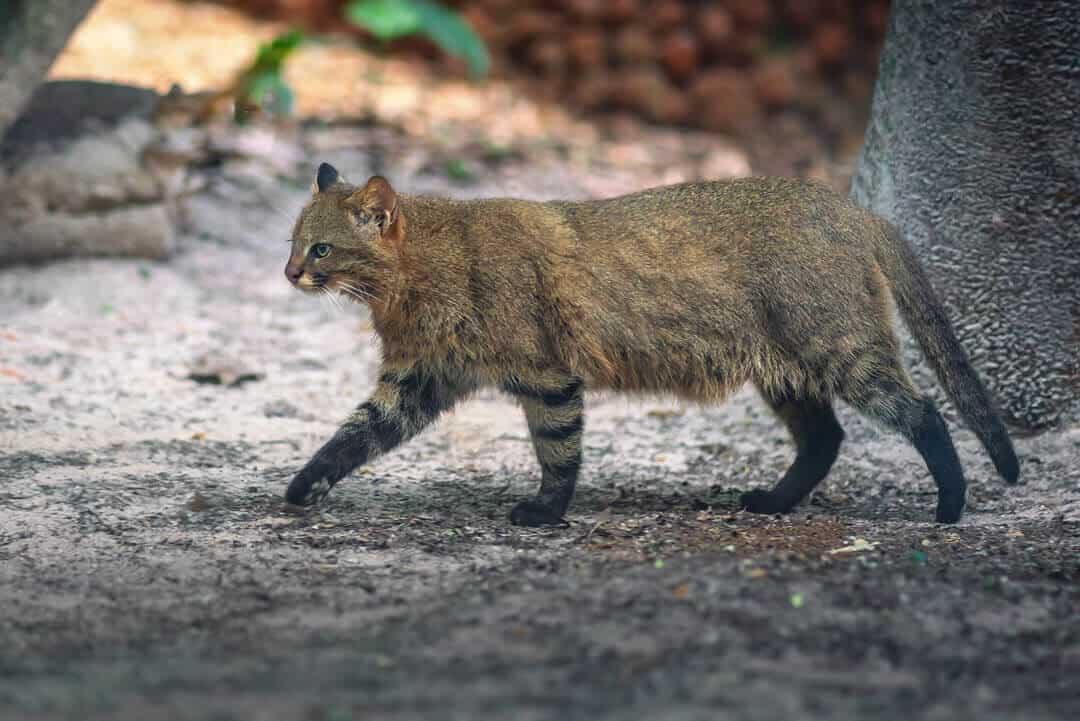
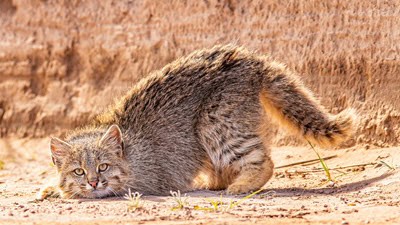


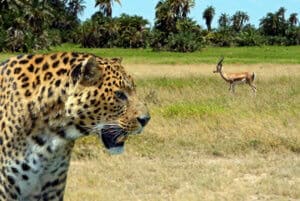








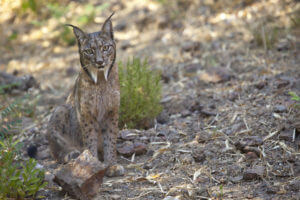




The other night I noticed my house cats all looking out the back window,when down by the bottom of our above ground pool I noticed….The most beautiful black footed very, very, short haired,spotted and ringlets,with dark stripes coming off both eyes to the jawline. Goldenrust in color with black spots,large ears, huge eyes. I’m trying to find its owner. Its almost surly someone’s loved pet,it ran right up to me,let me hold it,its been domesticated. If I sent you a picture could you identify what kind of hybrid it is? Its meow it quite distinct also. Thank you
Ariel Pedersen